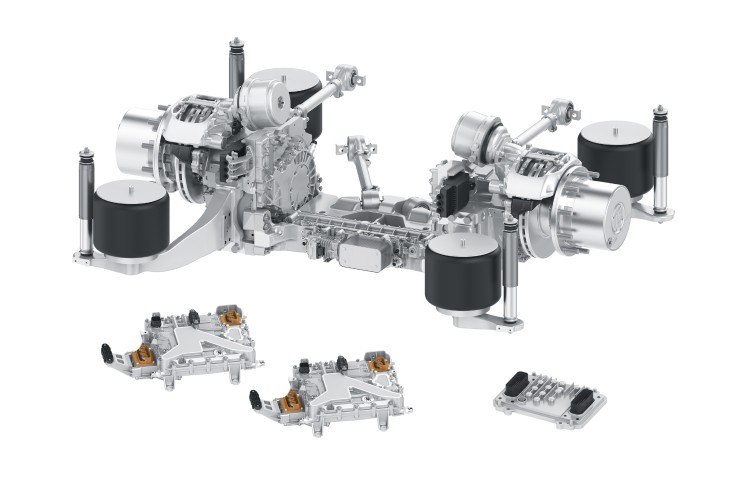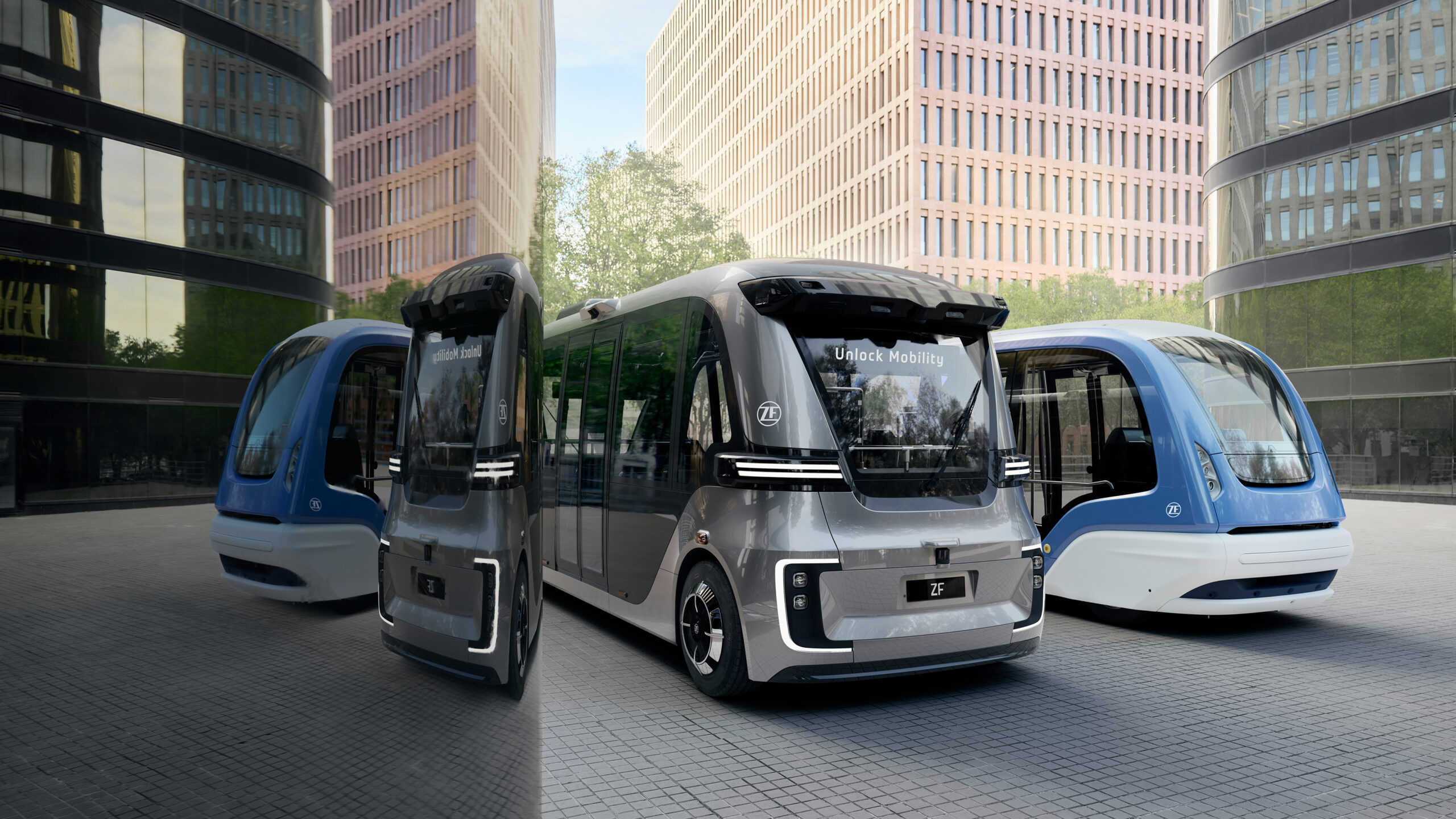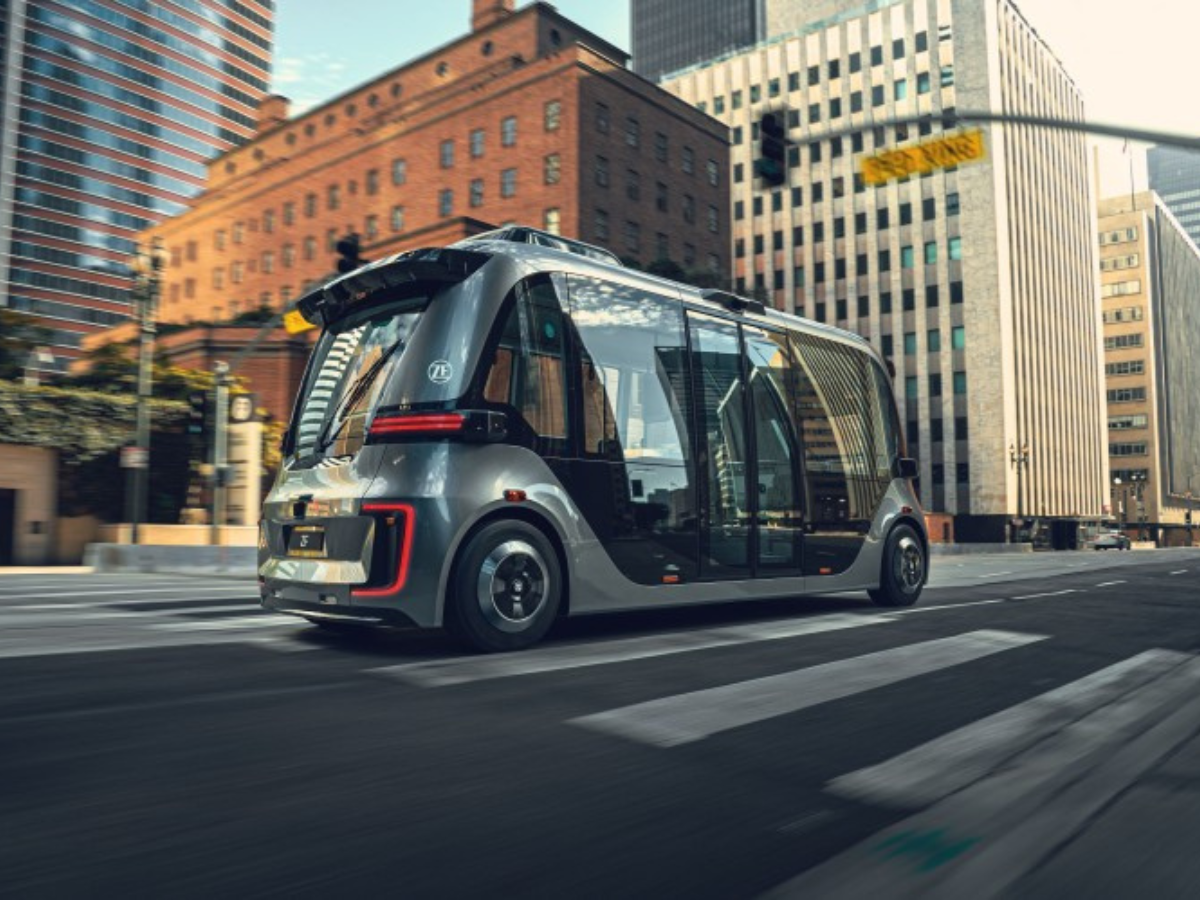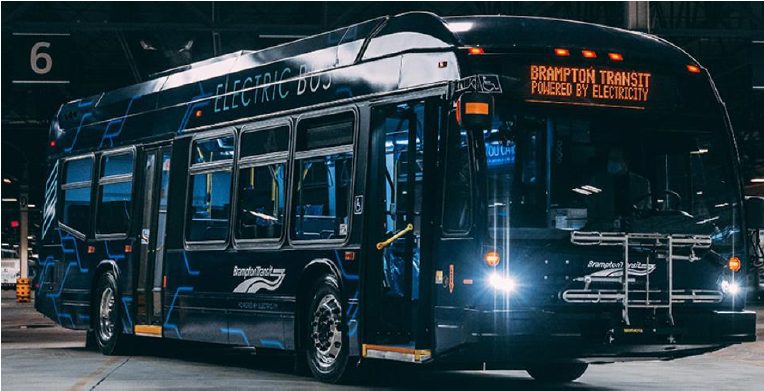ZF Presents Energy Management Software for Electric Commercial Vehicles
- Control software from ZF regulates the energy allocation for driveline and auxiliary units in electric buses and trucks
- Benefits include higher energy efficiency, longer battery life and easier system integration
Energy management systems (EMS) control the entire flow of energy in the electrified commercial vehicle. With a new EMS software solution, ZF provides another attractive proposal for the commercial vehicle market. Now taking a central role in the electric or electrified driveline, the ZF EMS can control all auxiliary units such as air compressors, steering pumps and thermal management as well as coordinating the energy requirements of the driveline. This integrated approach can help make electrically driven commercial vehicles more efficient: Energy consumption per kilometer can be reduced, resulting in a corresponding increase in range as well as a potentially positive influence on the battery’s service life. In addition, there are further advantages for maintenance, diagnosis and reduced battery costs. ZF offers the EMS as an add-on to commercial vehicle electric drive systems already in volume production.

The ZF EMS coordinates the correct start-up and availability and interaction of all components in the vehicle relevant for the flow of energy. This ranges from the battery’s state of charge to the electric drive and all auxiliary units such as the compressor, DC/DC converter and heating.
Systematic Overview Yields Efficiency
Senior Vice President for ZF Group, Winfried Gründler, who is responsible for E-Mobility in ZF‘s Commercial Vehicle Technology Division, explained:Only such an integrative approach makes it possible to further increase the efficiency of electric vehicles. This illustrates the strategic importance that software expertise has for our Group strategy: Next Generation Mobility.
In this context, by utilising other recognized ZF functions such as ePreVision, we can make the system even more powerful.
Thanks to the predictive ePreVision function, the software takes the topographical profile of the route into account to coordinate the energy requirements of the consumables. For example, during predictable, long downhill runs, the compressor can operate on recuperated electrical energy. The EMS can also take over charging management at the depot where there are also advantages to predictive functions: If a vehicle is routed via a long downhill run in the first trip after leaving the depot, the batteries are not fully charged – as this recuperation phase has been predicted and taken into consideration.
Should the charging state of the battery decrease during a long journey, the EMS can lower the energy requirement priority of the auxiliary units to extend the range. Since the EMS continuously checks the functional status of all consumables, it also simplifies diagnostics.
Overall Responsibility for Energy Management
Gründler, said:With our system, we are targeting bus and truck manufacturers unable to develop their own EMS or want to use them differently. Fleet owners such as transport authorities also benefit when only one partner assumes overall responsibility for the energy management of a vehicle.
Overall, ZF’s EMS supports a faster launch to market of highly efficient all-electric commercial vehicles.
Manufacturers also benefit from reduced functional integration efforts. ZF’s EMS uses the electric drive control unit no additional control units are required and ZF software controls the units via CAN bus interfaces. The interaction of the drive and energy management software is perfectly aligned.
This article was originally published by ZF Friedrichshafen AG.














